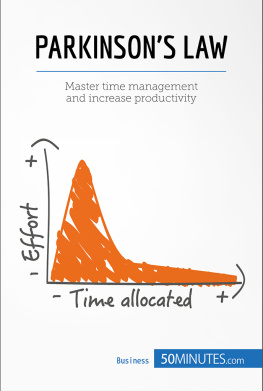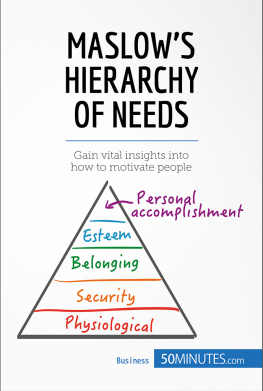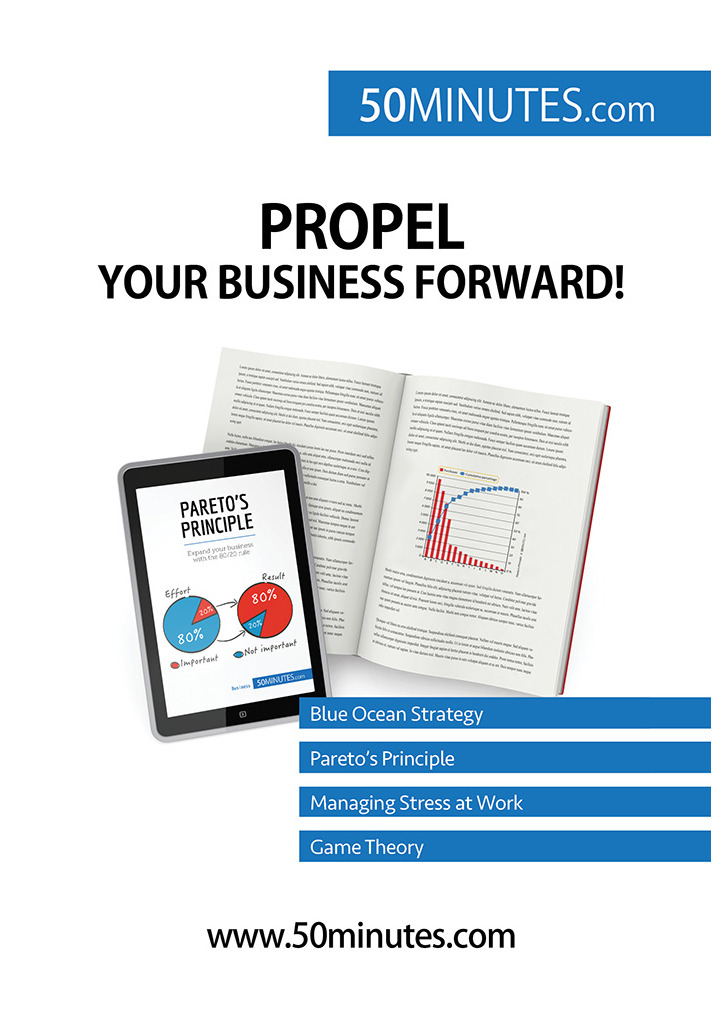Parkinsons Law
Key information
- Name: Parkinsons Law.
- Uses: public management, administration, public services, human resource management.
- Why is it successful? It is a humorous, but very compelling, theory on the propensity of administration to grow, regardless of the amount of work required.
- Key words: civil servant, administration, working time, public management, bureaucracy.
Introduction
Shattering traditional ideas of working time, Parkinsons Law humorously emphasises the functioning of bureaucratic administration in the second half of the 20 th century.
Full of British humour, and from a period when the perverse effects of the bureaucracy were being condemned (think of the famous novel 1984 by George Orwell, published in 1949), Cyril Northcote Parkinson (1909-1993), a British historian, published an article presenting Parkinsons Law in 1955. The law states that amount of civil service staff grows at a given rate (produced by an imaginative mathematical formula), regardless of the amount of work there is to do.
Definition of the concept
Parkinsons Law is based on three statements:
- a person with a job to do will use all of the time available to finish it;
- employees always prefer to have a subordinate rather than a rival;
- employees mutually create work.
These three statements explain the natural tendency to increase the number of staff members. Although it is largely humorous, Parkinsons Law has the advantage of intelligibly explaining the development of bureaucracy.
Theory
The State provides tasks for public powers (justice, police, diplomacy, etc.). In addition to this historical function, throughout the 20 th century, social benefits have been developed to provide education, healthcare, health coverage and pensions. Although this second dimension operates differently from one nation to another, it can be found everywhere throughout Europe known as the welfare state.
To run this vast operation, agents, called civil servants, are required. In France, for example, this refers to members of the three civil services (State, hospital and territorial), but more generally it refers, in a non-legal sense, to public officials. This nuance is needed to understand the scope of Parkinsons Law, created by a British author, as the term civil servant is understood differently in other countries.
Staff of the three civil services in France
In 2013, France employed 2.3 million civil servants, 1.14 million hospital officials and 1.8 million territorial officials, making a total of 5.24 million people. These figures include the owners and contractors.
By adopting an economic approach, we must also include the employees of publicly-funded private structures for public services. The total then amounts to approximately 6 million people, which accounts for roughly 25% of salaried employment in France.
Instinctively, reason dictates that public authorities hire agents for the tasks that it intends to entrust upon them. Logically, increasing the number of staff should correspond to an increase in the scope of action of the public authority in question. Parkinsons Law was created to counter this idea.
In the article he published in 1955 in the renowned magazine The Economist , Cyril Northcote Parkinson constructed the exact opposite reasoning. According to him, the increase in the number of civil servants is around 5.7% each year, regardless of the amount of work given to staff members.
Parkinsons argument alternates between serious data and an evident desire to amuse the reader. In the preface written for the French edition of a book on Parkinsons Law, published in the early 1980s, the great economist and demographer Alfred Sauvy (1898-1990) also cites Raymond Devos (French humourist, 1922-2006) and Jacques Tati (French scriptwriter and actor, 1907-1982) more willingly than the British classical economists Adam Smith (1723-1790) and David Ricardo (1772-1823) and he ranks Parkinson among the greatest fantasists of the time. However, this fantasy is more of a demonstration of British humour rather than a conclusion itself, and has become a classic reference in public management.
As a starting point to his reasoning, Cyril Northcote Parkinson points out that the more time an individual has to perform a task, the longer the task will take him to complete. He illustrates this with the example of an elderly woman and a young man who must each send a postcard. Choosing the card, writing the text, stamping the card and mailing the card: all of these operations will certainly take a whole day for the person who has nothing else to do with their day, even though the task will not take more than half an hour for a very busy person. Therefore, there is no correlation between the amount of work required and the personnel chosen to carry out the work: this is the efficiency principle.
Parkinsons Law is based on two other statements:
- State employees always prefer to have a subordinate rather than a rival. This statement is demonstrated in Parkinsons article. If a civil servant believes rightly or wrongly that he has too much work, there are three options available:
- leave the position;
- request that another employee is hired;
- ask for a subordinate.
For reasons related to his career and potential promotions, he will prefer a subordinate rather than a colleague who would be considered a rival. Also, to ensure that a rivalry does not arise between him and his subordinate, he will prefer to hire two subordinates. The same problem will arise a few years later with both of these new recruits, so that in a short time five people will work there, instead of the one single person who worked there shortly before.
- Civil servants mutually create work. The increase in staff leads to heavier bureaucratic procedures, later justifying the decision to hire. If the employee has a lot of work after recruiting two subordinates, he must have been overwhelmed beforehand. But, according to Parkinson, a significant portion of his workload comes from his new recruits, as there are now many more stages of validation.
From these two trends, Parkinson formed the law to which he gave his name, and which he expresses in a mathematical formula:

- k represents the number of employees seeking advancement by appointing subordinates to help them;
- l represents the difference between the age of appointment and the retirement age;
- m represents the number of hours devoted to answering memos within the department;
- n represents the number of new employees required each year.
To find the growth rate, the product is multiplied by 100 before being divided by the total for the previous year (noted yn ), which gives:

Parkinsons Law states that this rate is between 5.17% and 6.56%, irrespective of any variation in the amount of work involved.























